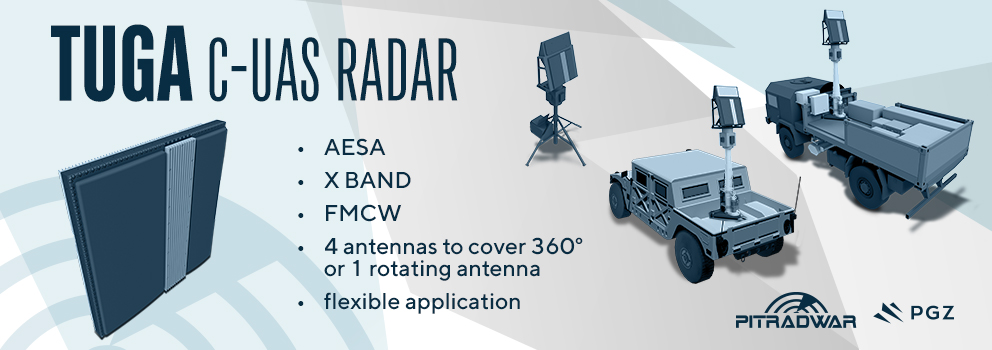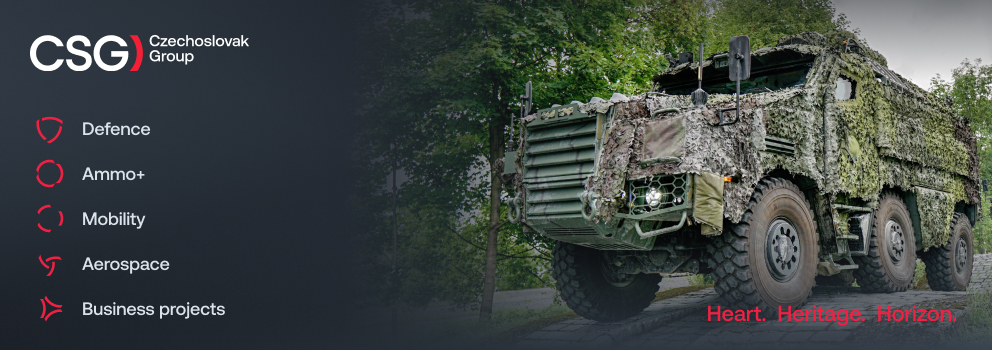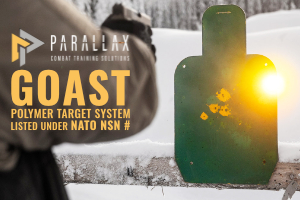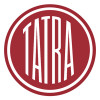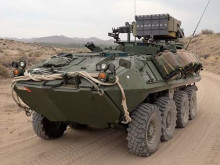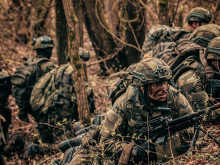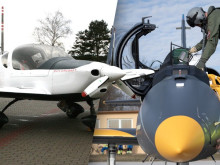The Balkans as another European battlefield? Is there a threat of renewed escalation of the conflict?
The Balkans, a region renowned for its history of tense ethnic and political relations, remains an area where tensions and potential military conflict persist. Bosnia and Herzegovina, divided into three main ethnic groups, faces not only internal problems but also external threats that could lead to the resumption of open conflict. Special attention must be paid to the unified military forces of the individual entities that make up this country, as well as the de facto inability of Bosnia and Herzegovina's joint army to assert itself in the event of a renewed civil war. In this article, we will take a closer look at the military potential of the aforementioned entities in the region and what a possible military escalation would mean for the area, but also for the Czech Republic.
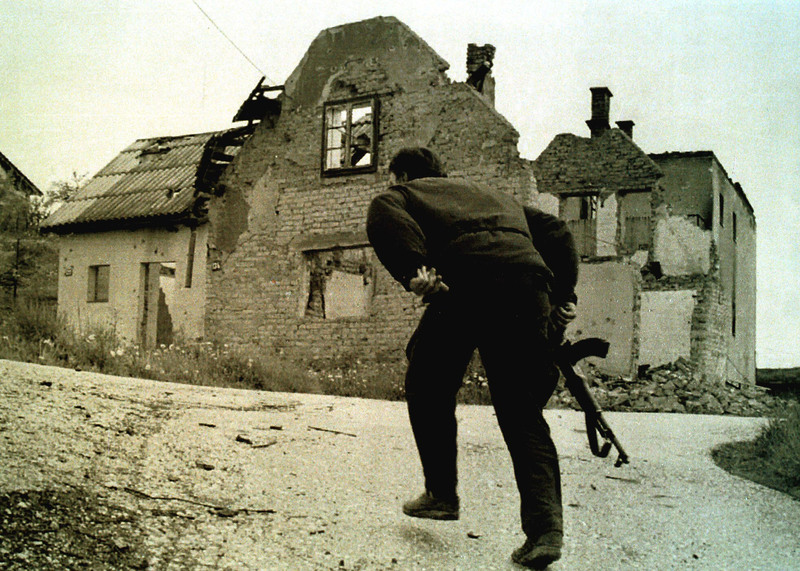
In recent years, the security situation in Bosnia and Herzegovina has begun to deteriorate again, with the intensification of separatist efforts by the leadership of the Republika Srpska being a key factor. The president of this entity, Milorad Dodik, long known for his pro-Russian stance (he was one of three European statesmen who attended the celebrations of the victory over Nazism in Moscow on 9 May this year) and nationalist rhetoric, is increasingly speaking openly about the possibility of the Republika Srpska seceding from the rest of Bosnia and Herzegovina (BaH). In addition to verbal attacks, he has also taken concrete steps, such as creating parallel institutions in the areas of justice, defence and taxation, which directly violates the country’s constitutional order. However, it is not only Serbs who are showing separatist tendencies. Croats are also dissatisfied with their political status in the state, feeling sidelined due to the absence of their own ethnic entity within BaH. These activities and attitudes systematically undermine the sovereignty of the central government and threaten the very existence of Bosnia and Herzegovina as a unified state. Despite its declarations of interest in the stability of the Western Balkans, the European Union often appears divided, and its response to developments in Bosnia and Herzegovina is inadequate in many respects. Without credible prospects for membership and without strong diplomatic or economic incentives, European institutions are losing influence in the region. The United States, on the other hand, has been trying to revive its role in recent years, but its engagement remains largely symbolic. EUFOR peacekeeping forces, operating under a UN mandate, maintain a presence in the country, but their capabilities are limited and, without a political solution, they cannot prevent the escalation of deeper political decay.
The (non) power of the Bosnian-Herzegovinian army
The Armed Forces of Bosnia and Herzegovina (AF BaH) consist of approximately 10,500 soldiers in active service and another 6,000 in reserve. Their structure is divided into three main components according to their combat role: manoeuvre forces, combat support and combat services. The army is headed by an operational and support command. The manoeuvre forces consist of three light infantry brigades, each comprising a reconnaissance company, three infantry battalions and an artillery battalion. Combat support is represented by one tank and artillery battalion, which also includes engineering, logistics, military police and chemical, biological, radiation and nuclear protection units. Combat support is provided by the logistics command, which has five logistics battalions under its command.
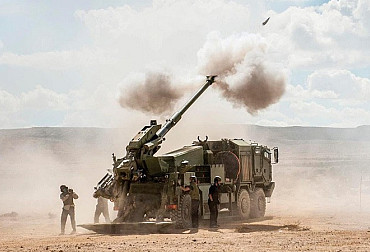
The AF BaH's armament is largely of Soviet and Yugoslav origin, or Western Cold War armament. In the armoured vehicle category, the army has 45 M60A3 tanks, 20 M113A2 tracked vehicles (with another 60 in reserve) and 79 HMMWV vehicles. It also has ten Dingo 2 multi-purpose armoured vehicles. Artillery support is provided by 100 D-30 122 mm towed howitzers, 24 APR-40 rocket launchers and 100 M-75 120 mm mortars. Anti-tank weapons (tank destroyers) include 8 9P122 Malyutka; 9 9P133 Malyutka; and 32 BOV-1. Air defence relies primarily on portable MANPADS, such as 9K32 Strela-2, 9K34 Strela-3 and 9K38 Igla-1. Other air defence assets include 2K12 Kub missile systems (20 units), supplemented by 40 mm towed cannons (31 L/60 and 16 L/70 units). The air force and air defence, which number approximately 800 personnel, have a limited number of helicopters and no actively deployed aircraft. Helicopter units use, for example, 4 Mi-8MTV, 8 Mi-8 Hip 1 Mi-17 Hip H, 1 SA-341H Gazelle (HN-42), 3 SA-342L Gazelle (HN-45M), 6 Bell 205 (UH1H Iroquois), and 3 Bell 205 (UH1H Huey II) helicopters. There are also several aircraft in storage, such as the J-22 Orao, J-21 Jastreb and G-4 Super Galeb, but these are not in active service.
Options for armed mobilisation of the Republic of Srpska
In the event of an escalation of the conflict, the Republika Srpska, although formally without its own army (which was disbanded in 2006 as part of integration into the unified Armed Forces of Bosnia and Herzegovina – AF BaH), could relatively quickly activate parallel armed structures. Thanks to its de facto control over the personnel composition of part of the AF BaH and strongly loyal reserve structures, Banja Luka has the potential to quickly mobilise and form units composed almost exclusively of Serbian citizens. Added to this is the existence of paramilitary groups, veterans' organisations and various paramilitary associations that maintain contacts with the security forces of Serbia and the Russian Federation. According to some estimates, the Republika Srpska could deploy 3,000 to 5,000 actively prepared fighters in the short term, with the possibility of rapidly mobilising another 10,000 to 15,000 men from the reserves, mainly former members of the Army of the Republika Srpska. The weapons would come partly from AF BaH stocks located in the RS and from secretly maintained warehouses, and logistical support from Serbia cannot be ruled out, especially in the area of light equipment, communications and ammunition. If the central government were destabilised, the Republika Srpska could quickly re-establish its own chain of command, based on existing parallel security structures, including a de facto ‘Ministry of Defence’ ready for immediate activation. This scenario increases the likelihood of a rapid escalation of armed conflict and the creation of a de facto military front within the state. Although the potential strength of the Republika Srpska does not seem impressive, it should be emphasised that its greatest strength lies not in its capabilities, but rather in the incapacities of its opponents. The low level of the BaH army creates the possibility of quickly and relatively cheaply arming a separatist army that the Bosnian army would not be able to deal with.
Possible scenarios for further development
The security and political situation in Bosnia and Herzegovina is currently characterised by a fragile balance between formal peace and latent conflict. Given the current internal tensions and the influence of external actors, several realistic scenarios for future developments can be envisaged, each with different consequences not only for Bosnia and Herzegovina itself, but also for the wider Western Balkans region and for Europe as a whole, including the Czech Republic.
The first scenario represents a continuation of the current situation, i.e. the preservation of the status quo. The political crisis would continue without direct armed conflict, with the central government remaining weak while the entities continued to build their own power structures. This development would mean the de facto federalisation or even confederalisation of the state, without international legitimacy and without the possibility of progress in European integration. This option is relatively likely, but also unsustainable in the long term, as it increases the risk of sudden destabilisation. If this scenario materialises, the Czech Republic will continue to face the destabilising influence of chronic instability in the Western Balkans. The situation would require the continued participation of Czech armed forces in international missions (such as EUFOR Althea) and increased attention from Czech diplomacy towards the region. The deteriorating security environment could also negatively affect investment and business activities of Czech companies in the area.
The second, much more serious scenario is an open escalation of the conflict, which could arise, for example, as a result of a security incident, a political assassination or an attempt at unilateral secession of part of the territory. In this case, the territorial integrity of Bosnia and Herzegovina and with it the stability of the entire Balkans would be seriously threatened. Armed conflict could quickly spread beyond the country's borders and draw in other actors, including Serbia and Croatia, creating a new security crisis in Europe. The Croats in BaH, in particular, are an important balancing force between the dominant Bosniaks and Serbs, but unlike in the 1990s, they could this time side with the Bosnian Serbs because they share their rejection of the current arrangement in the country. The international community would have to react quickly and decisively, otherwise there would be a risk of repeating the mistakes of the 1990s. If the conflict escalates, the Czech Republic would face more serious consequences. First and foremost, there would be a new wave of migration, and experience from the 1990s shows that the Czech Republic could become a transit and destination country for refugees from the former Yugoslavia. There would also be increased pressure on the Czech army to participate in possible crisis operations under NATO or EU command, as well as to increase its defence capabilities within the framework of collective security.
The third scenario, which is the most desirable in terms of long-term stability, assumes the resumption of dialogue between ethnic and political groups in Bosnia and Herzegovina, a strengthening of the EU's role and progress in the area of reforms. This development would require not only a stronger presence of European institutions, but also a clear vision of the integration perspective, backed by concrete political and financial commitments. However, in the current atmosphere of cynicism and frustration, the likelihood of such a development is relatively low. A positive scenario, i.e. the resumption of dialogue and the rapprochement of Bosnia and Herzegovina with European structures, would bring the greatest benefits to the Czech Republic. A stable and reformed BaH would strengthen the security environment in South-Eastern Europe, reduce the risks of migration and extremism, and create new opportunities for economic cooperation, including the development of Czech investments and projects in the areas of infrastructure, defence and energy. In this scenario, Czech diplomacy could actively contribute to mediation and stabilisation in the region, thereby strengthening its profile within the EU and NATO, unlike in the 1990s, now in a truly humanitarian sense.
The fourth and most dangerous scenario is the break-up of Bosnia and Herzegovina. If the Republika Srpska were to become de facto or legally recognised as a separate entity, this could trigger the unilateral secession of ethnically Croatian areas. It could also set off a chain reaction across the region, questioning borders, reigniting nationalism, and destabilising neighbouring states. This scenario would likely lead to a new wave of armed conflicts (e.g. in Kosovo), humanitarian crises and a fundamental rethinking of the security architecture in South-Eastern Europe. The break-up of Bosnia and Herzegovina would be one of the most serious security shocks for the Czech Republic and the entire European continent since the end of the war in the former Yugoslavia. There would be a risk of the conflict spreading to neighbouring countries, the re-division of the Balkans into ethnically homogeneous entities and the emergence of grey zones beyond the control of central authorities, where radical or criminal groups could operate. In such a case, the Czech Republic would have to respond not only within NATO and the EU, but probably also independently by strengthening the protection of its borders, participating in military missions or providing humanitarian aid. From the point of view of internal security, there would be an increased risk of polarisation in society as a result of the security and economic impacts of such a scenario.
The above options suggest that the future of Bosnia and Herzegovina remains highly uncertain and will depend on a combination of internal decisions and external interventions. The reactions of the European Union, the United States and NATO will play a key role, but so will the ability of Bosnian society itself to conduct a civilised dialogue despite its differing interests.
